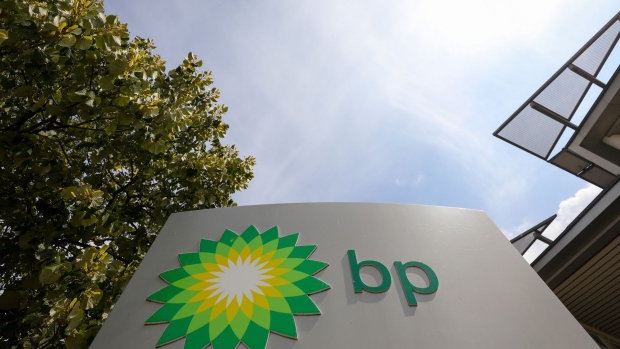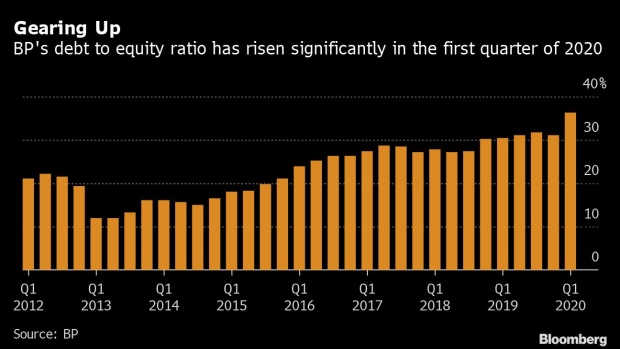Apr 28, 2020
BP bolsters financial reserves as pandemic slashes profit
, Bloomberg News

BP Plc bolstered its financial reserves as the initial stages of the coronavirus pandemic caused its profit to plunge and increased its debt.
While earnings were hit hard in the first three months of the year, the worst of the virus-driven crisis is yet to come. The company expects the pandemic to reduce its production and have a material impact on refining in the second quarter.
A measure of its indebtedness rose to the highest in more than eight years, underscoring the financial strain resulting from the oil-market collapse. To boost its financial reserves, BP has taken on a new US$10 billion credit facility and also sold US$7 billion of bonds.
“Our industry has been hit by supply and demand shocks on a scale never seen before,” Chief Executive Officer Bernard Looney, who took the company’s helm earlier this year, said in a statement on Tuesday. “We are focusing our efforts on protecting our people, supporting our communities and strengthening our finance.”
The earnings figures offer a deeper look at how major energy producers are navigating the economic turmoil imposed by the pandemic. BP already announced that it would slash costs by 25 per cent this year, while Italy’s Eni SpA reported a 94 per cent slump in first-quarter profit last week.
The London-based oil and gas giant’s adjusted net income was US$791 million in the period, exceeding the average analyst estimate of US$774 million. That compares with a profit of US$2.36 billion a year earlier. Shares of the company fell 1.5 per cent to 309.35 pence as of 8:06 a.m. in London.
Gearing -- a measure of net debt to equity -- was 36.2 per cent, remaining above its targeted range of 20 per cent to 30 per cent for the sixth consecutive quarter. Expanding on the weak outlook for the second quarter, BP said it expects to make an annual payment of around US$1.2 billion relating to the Gulf of Mexico spill settlement. That would put even more pressure on the balance sheet.
Including the credit line and the bond sales, BP had US$32 billion in liquidity at the end of the first quarter.
BP said on Monday that it will still deliver US$15 billion of divestments, crucial for easing its debt burden, but the timing will be affected by the renegotiation of Hilcorp Energy Co.’s purchase of its Alaskan assets.

The company maintained its dividend, having increased it to 10.5 cents in the previous quarter. Big Oil’s generous dividends are a big attraction for investors, but the sustainability of the payouts is under renewed scrutiny in the current downturn.
Norway’s Equinor ASA cut its dividend earlier this month and “serious questions remain over its affordability” for BP, analysts at Redburn said in a note.
Speaking in a Bloomberg television interview, Looney said the company could, if necessary, go back to paying a portion of its dividend in new shares, commonly known as a scrip.
“A scrip dividend is one of the many tools in the toolbox,” Looney said. “But not one that we choose to use at the moment.”
--With assistance from Rakteem Katakey and Christopher Sell.






